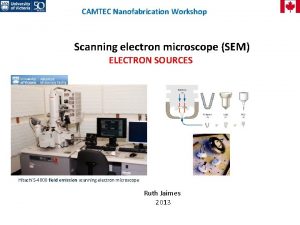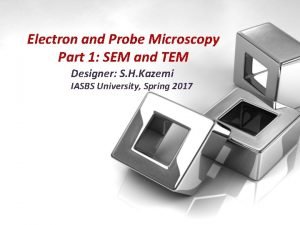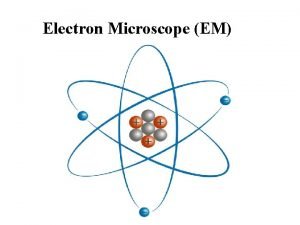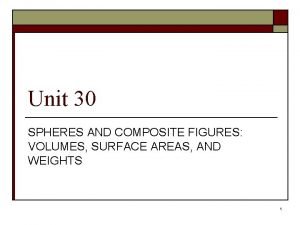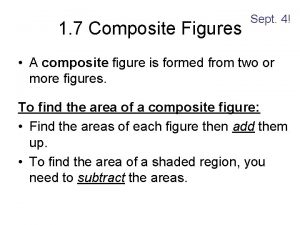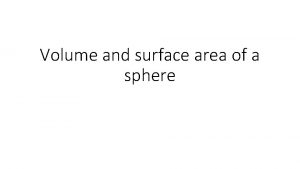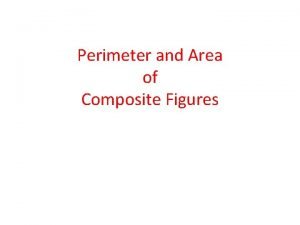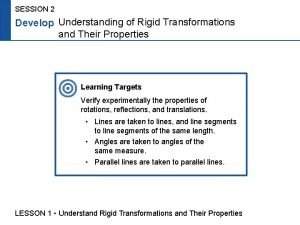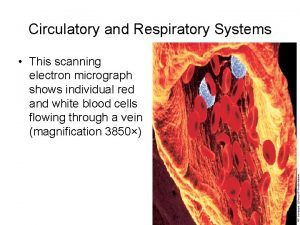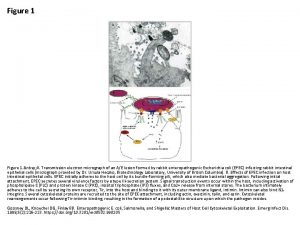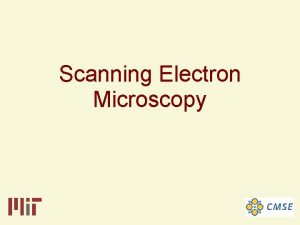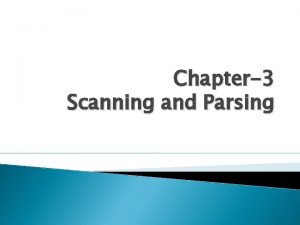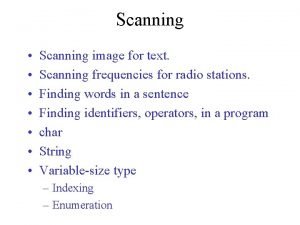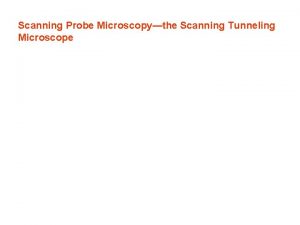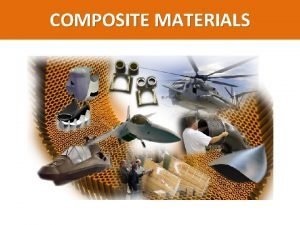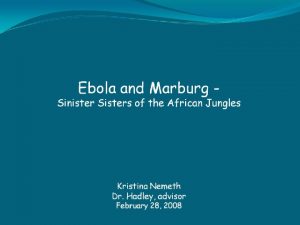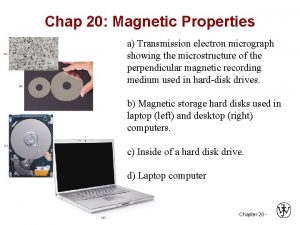Figure 19 1 A composite scanning electron micrograph

















- Slides: 17

Figure 19. 1 A composite scanning electron micrograph of a cross section of a periphyton community. The area is approximately 1 mm 2. Diatom species present include Melosira varians (long cylinders), Gyrosigma attenuatum (sygmoid shaped), and various smaller species of Navicula and Nitzschia. A layer of debris and extracellular exudates is at the bottom of the mat. Photo courtesy: Jennifer Greenwood; reproduced with permission from Greenwood et al. (1999). Freshwater Ecology: Concepts and Environmental Applications of Limnology © 2019

Figure 19. 2 A bacterium containing magnetosomes; arrow points to magnetosomes. Image courtesy: Richard Blakemore. Freshwater Ecology: Concepts and Environmental Applications of Limnology © 2019

Figure 19. 3 Random walk strategy for positive chemotaxis in still (A) and flowing water (B). The organism tumbles and moves a short distance if the concentration of the attractant is not increasing. If the concentration is increasing, the organism continues moving in the same direction. Darker regions represent higher concentrations of a diffusing attractant. Freshwater Ecology: Concepts and Environmental Applications of Limnology © 2019

Figure 19. 4 Representation of traditional views of a pelagic food web and the microbial loop. Freshwater Ecology: Concepts and Environmental Applications of Limnology © 2019

Figure 19. 5 Judy Meyer. Freshwater Ecology: Concepts and Environmental Applications of Limnology © 2019

Figure 19. 6 Electron micrograph of virus-like particles attached to a bacterium from a freshwater lake. Reproduced with permission from Pina et al. (1998). Freshwater Ecology: Concepts and Environmental Applications of Limnology © 2019

Figure 19. 7 Consumption of particles by several species of ciliated protozoa as a function of particle diameter. Note that different species have different maximum clearance rates, and that clearance rates vary with particle diameter within a species. Reproduced with permission from Fenchel (1980). Freshwater Ecology: Concepts and Environmental Applications of Limnology © 2019

Figure 19. 8 Consumption of particles by the ciliated protozoan Glaucoma scintillans as a function of particle concentration. Reproduced with permission from Fenchel (1980). Freshwater Ecology: Concepts and Environmental Applications of Limnology © 2019

Figure 19. 9 Ranges of observed consumption rates of bacteria by several groups of benthic organisms from marine and freshwaters. Data from 12 laboratory and field studies compiled by Bott (1995). Reproduced with permission. Freshwater Ecology: Concepts and Environmental Applications of Limnology © 2019

Figure 19. 10 Filtering and ingestion rates of algal cells (Chlamydamonas reinhardtii) by Daphnia magna as a function of algal concentration. Although the filtering rate falls off sharply with increased concentration, the ingestion rate increases up to a point and then becomes constant. Reproduced with permission from Porter et al. (1982). Freshwater Ecology: Concepts and Environmental Applications of Limnology © 2019

Figure The filtering apparatus of a rotifer, Epiphanes senta. Reproduced from Melone (1998). Freshwater Ecology: Concepts and Environmental Applications of Limnology © 2019

Figure 19. 12 A deformed adult Pacific tree frog, Pseudacris regilla. This animal shows multiple hind limbs bilaterally, as well as duplicated and fused pelvic elements. Photograph by Goodman and Johnson, PLOS One 2011 www. ncbi. nlm. nih. gov/pmc/articles/PMC 3102088. Freshwater Ecology: Concepts and Environmental Applications of Limnology © 2019

Figure 19. 13 Rita Colwell. Freshwater Ecology: Concepts and Environmental Applications of Limnology © 2019

Figure 19. 14 Competition of two species of hypothetical diatoms for silicon (A) and phosphorus (B). Species 1 has a relatively higher affinity for low concentrations of silicate but is outcompeted at higher concentrations. The situation reverses for species 2. Freshwater Ecology: Concepts and Environmental Applications of Limnology © 2019

Figure 19. 15 Scheme showing how the data in Fig. 19. 14 translate into relative success of two species based on nutrient ratios. Freshwater Ecology: Concepts and Environmental Applications of Limnology © 2019

Figure 19. 16 Conceptual diagram of successional sequence of an algal biofilm and the associated increases in nutrient and light competition. The type of grazer is indicated at each stage. After Steinman (1996). Freshwater Ecology: Concepts and Environmental Applications of Limnology © 2019

Figure 19. 17 Some aquatic organisms involved in mutualistic interactions; the pouch of the water fern Azolla (A) that contains endosymbiotic Nostoc (B), (C) Nostoc parmelioides containing the midge Cricotopus nostocicola, (D) Hydra with endosymbiotic Chlorella (courtesy: Frank Fox, www. mikro-foto. de), (E) the diatom Epithemia turgida with cyanobacterial endosymbionts (courtesy: Rex Lowe), and (F) bacteria attached to a heterocyst of Anabaena flos-aquae (courtesy: Hans Paerl). Freshwater Ecology: Concepts and Environmental Applications of Limnology © 2019
 Chloroplast electron micrograph
Chloroplast electron micrograph Micrograph mitochondria
Micrograph mitochondria Scanning electron
Scanning electron Scanning electron microscope main idea
Scanning electron microscope main idea Scanning electron microscopy
Scanning electron microscopy Vertical
Vertical Stem microscope
Stem microscope Composite vs non composite
Composite vs non composite 10-6 volume of prisms and cylinders
10-6 volume of prisms and cylinders Determine the volume of the composite figure
Determine the volume of the composite figure What is a composite figure
What is a composite figure Composite figure definition
Composite figure definition Composite shape definition
Composite shape definition What is the area of the composite figure 70 cm2
What is the area of the composite figure 70 cm2 Area of composite shape
Area of composite shape Find the volume of the composite figure.
Find the volume of the composite figure. 13 figure grid reference
13 figure grid reference Figure abcde is similar to figure vwxyz
Figure abcde is similar to figure vwxyz



